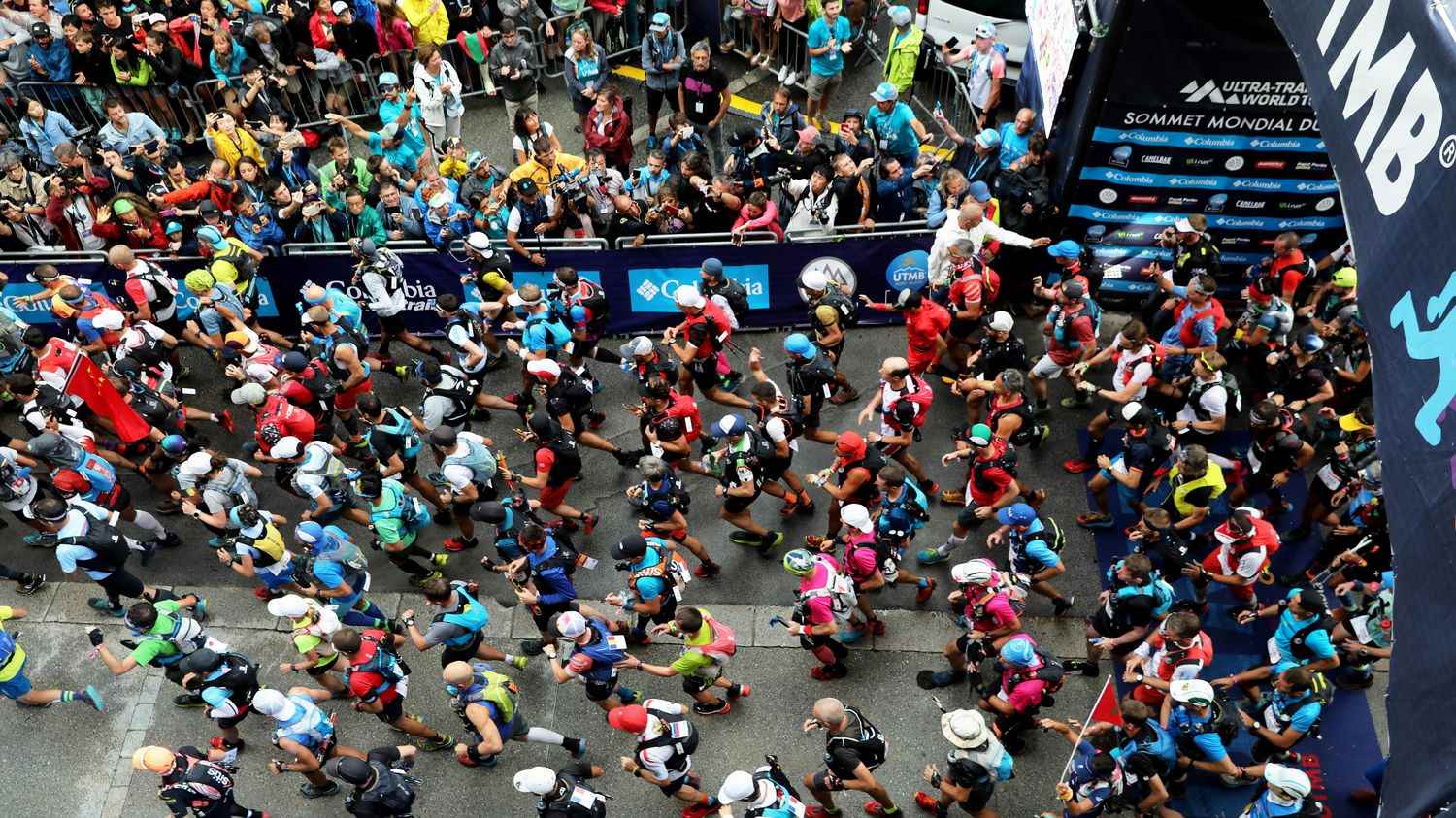The UTMB, with 10,000 runners over 170km and 10,000m of elevation gain, is necessarily a mine of information for extreme sport and especially for medicine. A bit like a weightless flight for NASA. Each year, the medical commission of theUltra-trail of Mont-Blanc (UTMB) therefore validates several research programs ranging from a simple questionnaire for runners to a battery of examinations at the finish or the testing of certain equipment.
We learned from all these extreme races a lot about fatigue, present in many pathologies (cancers, chronic diseases,) explains Samuel Vergès who is director of research at Inserm and at the Grenoble University Hospital.
In the runner, we distinguish better and better the fatigue of the muscle from that of the brain (which often lets go first). Training or even age can help tolerate this fatigue. All this is useful in the hospital: for a neuromuscular patient to be able to adhere to physical activity, it is necessary to be able to act on his sensations during effort to get him to walk two meters further in the corridor.
Another example: last year, on the UT4M, a Grenoble trail, they measured blood sugar continuously over 160 km, thanks to sensors placed on certain runners. The application, here, for a diabetic, will be to be able to regulate his sugar level continuously, to know what he can eat. This means that the condition of a runner after having gone around Mont-Blanc is comparable to that of a hospitalized patient and even of a patient in intensive care. This is normal, given the effort made. Some blood markers can be the same: neurological disorders, a weakened kidney… Some runners even gain a few pounds during a trail run due to edema, which can be enlightening for inflammatory pathologies.
All this reminds us that you have to be in good health to do these ultra-trails. And that it is not recommended to do more than two or three in the year.
Another interesting lesson from this research: the differences between men and women in the face of extreme exertion. According to Samuel Vergès, women appear more resistant to muscular and metabolic fatigue, to large temperature variations, and also more judicious in the management of effort.
Already in the 1990s, South African researchers had shown that beyond 90 kilometres, men lost all physiological advantage over women. In 2015, Guillaume Millet, who heads the motor biology laboratory in Saint-Etienne, mentioned a greater quantity of type 1 oxidative muscle fibers (those that allow long effort) and a lower muscle mass which allows the blood to better irrigate the tissues.
The results are there: at the UTMB, the first female regularly finishes in the top ten, while in the marathon (over 42 km), the women remain much further down the rankings. Here again, these differences between men and women are rich in lessons for medicine.
